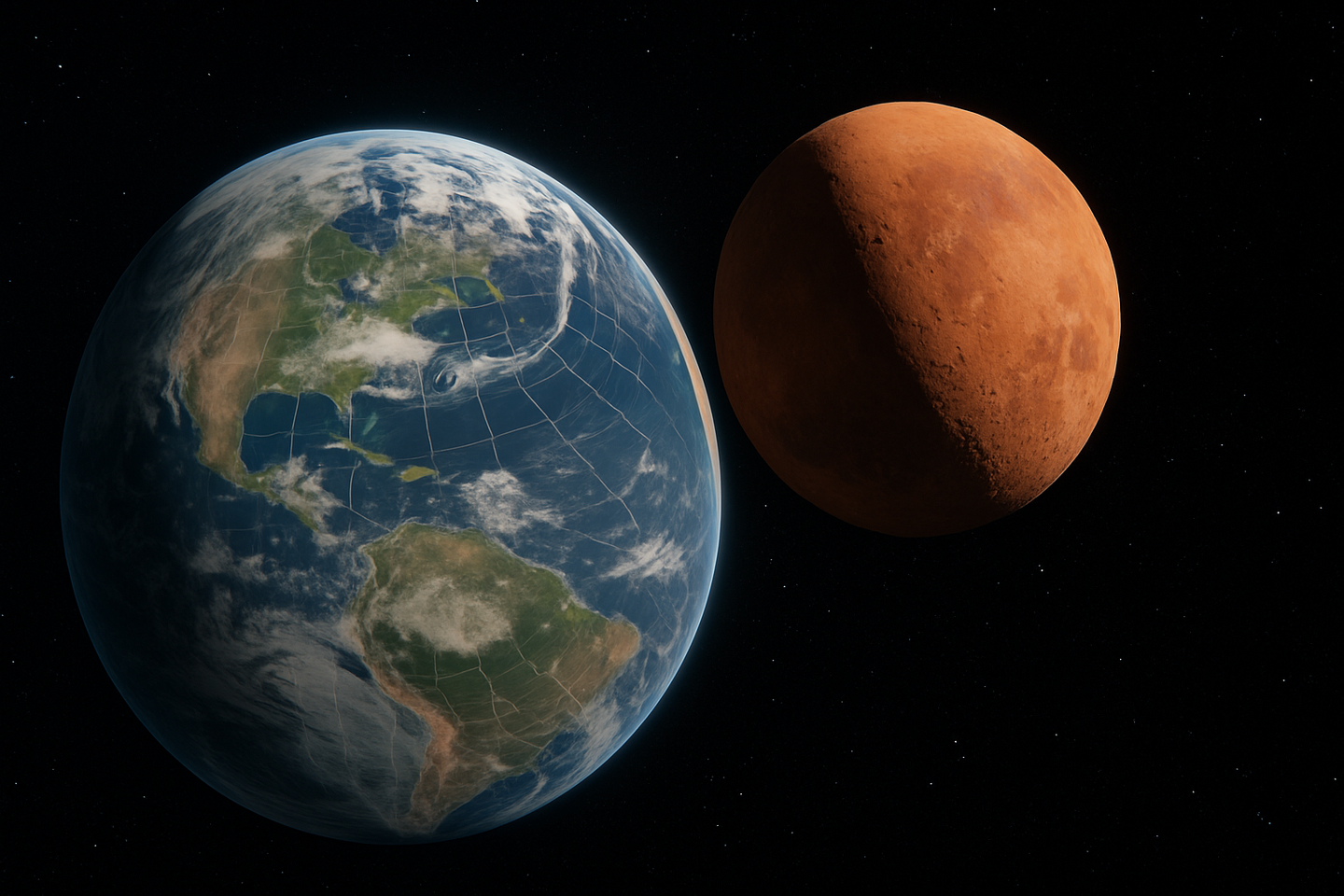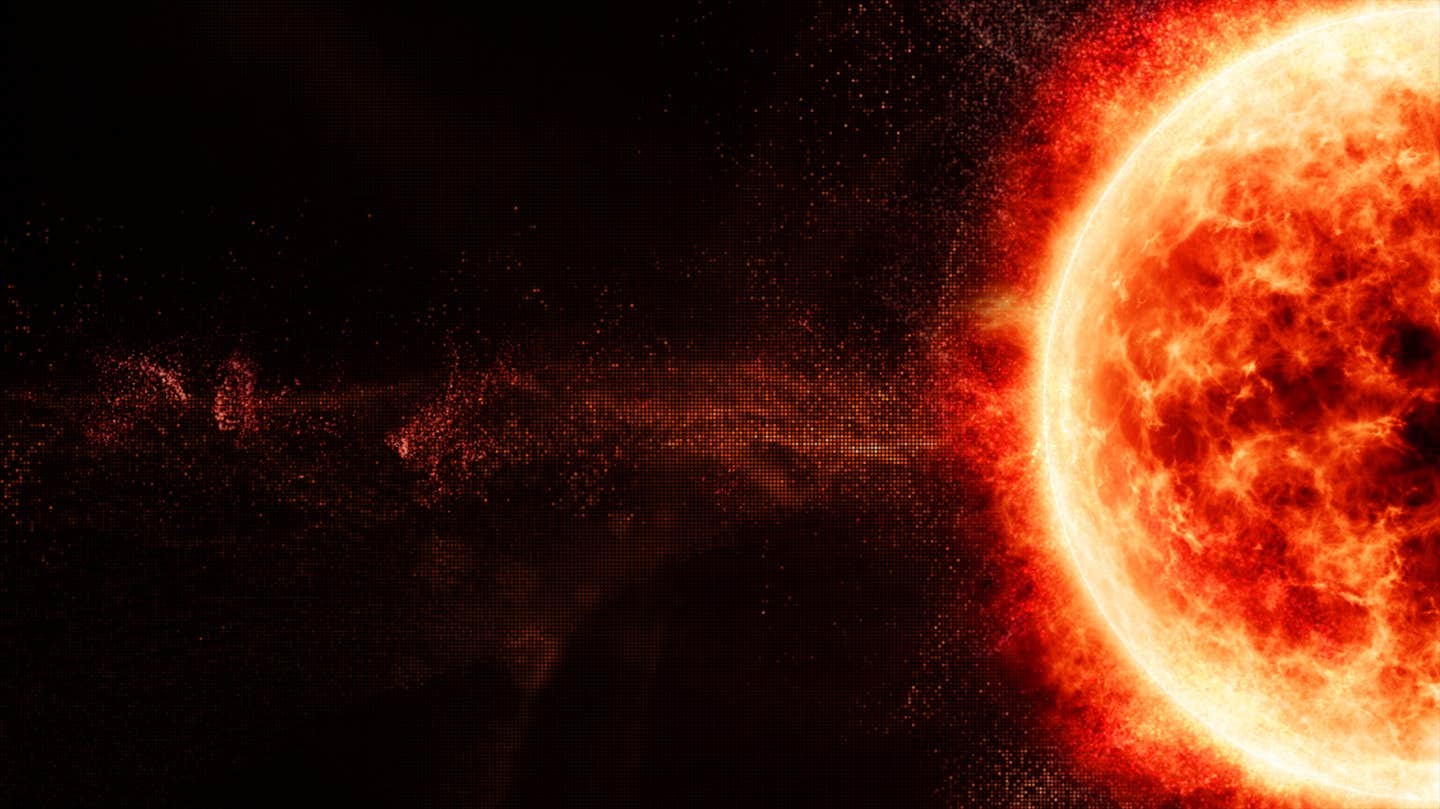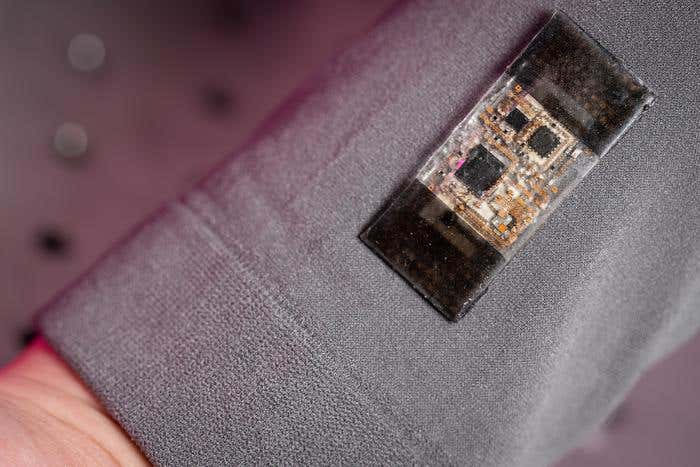AI challenges long-held belief that all fingerprints are unique
From crime dramas like “Law and Order” to real-life detective work, fingerprints are the ultimate tool for linking criminals to crime scenes

[Jan. 18, 2024: JD Shavit, The Brighter Side of News]
From crime dramas like "Law and Order" to real-life detective work, fingerprints have long been hailed as the ultimate tool for linking criminals to crime scenes. (CREDIT: Creative Commons)
From crime dramas like "Law and Order" to real-life detective work, fingerprints have long been hailed as the ultimate tool for linking criminals to crime scenes. The assumption has always been that each person's fingerprints are utterly unique, making it a foolproof way to identify suspects.
However, a groundbreaking study led by Columbia Engineering undergraduate senior Gabe Guo is shaking the very foundation of this belief.
Guo, who had no prior knowledge of forensics, embarked on a mission to challenge the conventional wisdom surrounding fingerprint identification. Using a vast public U.S. government database containing around 60,000 fingerprints, Guo and his team harnessed the power of artificial intelligence (AI) through a deep contrastive network. They meticulously paired fingerprints, sometimes from the same person but different fingers and sometimes from entirely different individuals.
The results were nothing short of astonishing. The AI system, specially crafted by the team by modifying a cutting-edge framework, gradually became adept at distinguishing when seemingly unique fingerprints belonged to the same person and when they did not. It achieved an impressive accuracy rate of 77% when analyzing a single pair of fingerprints.
Related News
When faced with multiple pairs, the accuracy skyrocketed, potentially increasing the current efficiency of forensic investigations by over tenfold. This groundbreaking project emerged from a collaboration between Columbia Engineering's Hod Lipson's Creative Machines lab and Wenyao Xu's Embedded Sensors and Computing lab at the University at Buffalo, SUNY. Their findings were published in the prestigious journal Science Advances.
Unsurprisingly, when the team first submitted their findings to a renowned forensic journal, they encountered skepticism. The anonymous expert reviewer and editor summarily rejected the study, asserting that "every fingerprint is unique" and, therefore, there was no possibility of detecting similarities even if the prints originated from the same person. However, undaunted, the team persevered.
They fed their AI system even more data, and its performance continued to improve. In a bid to find a receptive audience, the team submitted their manuscript to a more general scientific audience. The initial response was another rejection, but Hod Lipson, a prominent figure in the field of mechanical engineering, appealed the decision.
AI discovers a new way to compare fingerprints that seem different, but actually belong to different fingers of the same person. In contrast with traditional forensics, this AI relies mostly on the curvature of the swirls at the center of the fingerprint, as shown by the heatmap. (CREDIT: Gabe Guo, Columbia Engineering; Midjourney generated silhouette)
"I don't usually challenge editorial decisions, but this discovery is too significant to ignore," he emphasized. "If this information can shift the balance, it could potentially reopen cold cases and even lead to the acquittal of innocent individuals."
Although the AI system's accuracy falls short of serving as the sole determinant in criminal cases, it can undoubtedly play a pivotal role in prioritizing leads during ambiguous investigations. After numerous rounds of back-and-forth, their paper ultimately found its way to publication in Science Advances.
So, what exactly is this newfound forensic marker that the AI system appears to rely on? After extensive visualizations of the AI's decision-making process, the team concluded that it does not hinge on traditional minutiae, which refer to the branchings and endpoints in fingerprint ridges. Instead, the AI seems to focus on something different, related to the angles and curvatures of the swirls and loops found in the center of fingerprints.
Columbia Engineering senior Aniv Ray and PhD student Judah Goldfeder, who contributed to the data analysis, believe that this discovery represents just the tip of the iceberg. Ray speculates, "Just imagine how well this will perform once it's trained on millions, rather than thousands of fingerprints."
Overview of cross-finger similarity analysis pipeline and results. Panel (A) shows how we use twin neural networks to analyze fingerprints and discover the cross-finger similarity. (CREDIT: Science Advances)
Despite the promising results, the team acknowledges potential biases in their dataset. While they present evidence suggesting that the AI performs similarly across genders and races, they recognize the need for more comprehensive validation using datasets that encompass a broader demographic range.
This groundbreaking research underscores the transformative potential of AI in well-established fields. Hod Lipson remarks, "Many people assume that AI merely regurgitates existing knowledge, but this study demonstrates how even a relatively simple AI, armed with a dataset that the research community has had access to for years, can unearth insights that have eluded experts for decades."
Feature similarity analysis. As shown in (A), the cross-finger similarity can be explained almost exclusively by the binary ridge patterns (rather than spurious effects, like background or image brightness). (CREDIT: Science Advances)
He adds, "What's even more exciting is the fact that an undergraduate student with no background in forensics can employ AI to challenge a deeply ingrained belief within an entire field.
We are on the cusp of a wave of AI-driven scientific discoveries by non-experts, and the expert community, including academia, must be prepared to embrace this new frontier."
Note: Materials provided above by The Brighter Side of News. Content may be edited for style and length.
Like these kind of feel good stories? Get the Brighter Side of News' newsletter.



